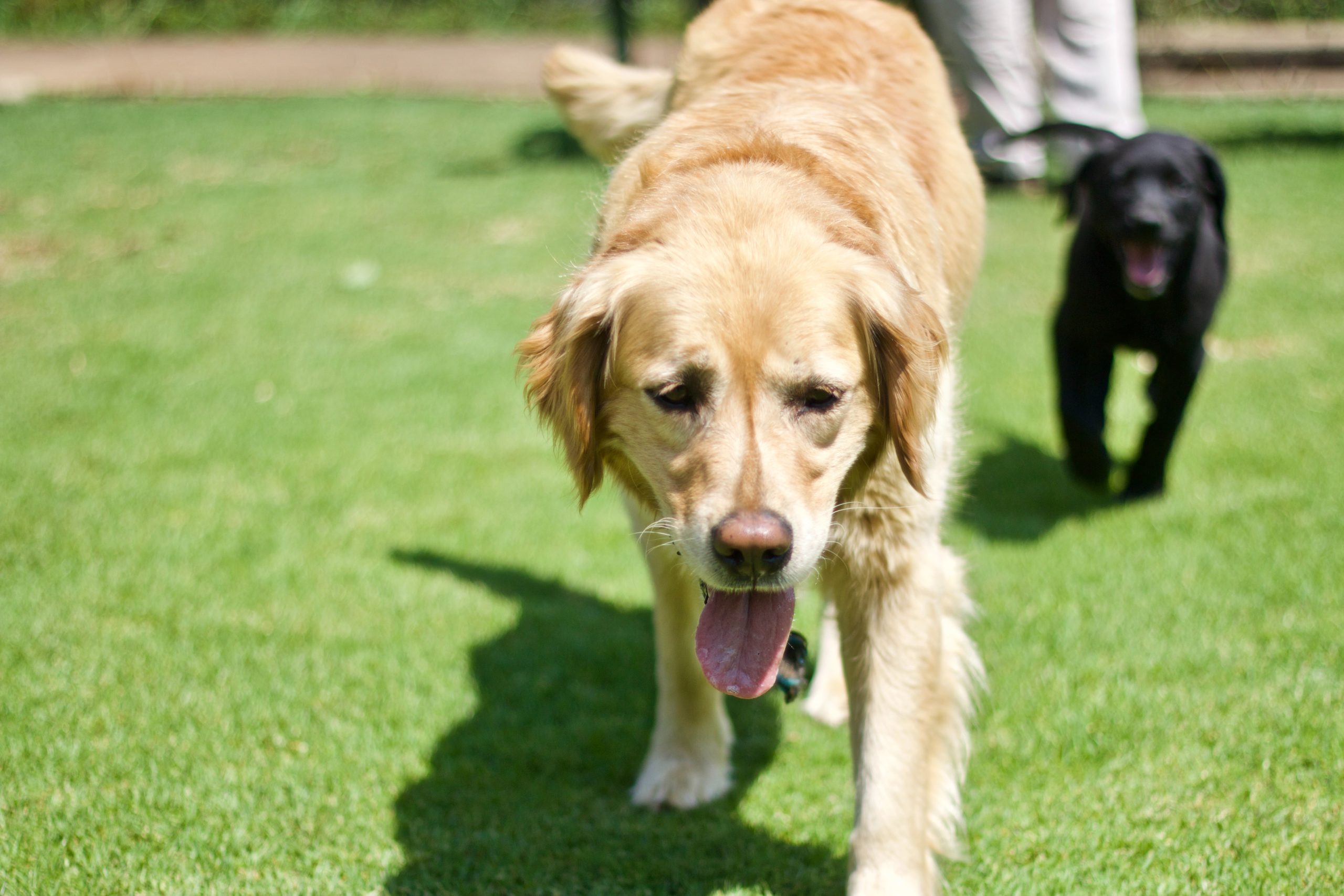Spring is the air, which for pet owners is the perfect weather to start having some quality outdoor time with their animal pal. As the temperature continues to rise, it’s important to watch over your pets and make sure they’re not showing signs of overheating. If left untreated, overheating in pets can be incredibly serious, even fatal. All animals react to overheating differently, some are more vulnerable than others, so it’s important to recognize the signs and know how to prevent your pet from overheating.
DOGS
If your dog seems to be panting more than usual, it’s usually a clear sign that he/she needs to be cooled down. While dogs do have sweat glands, they’re incredibly small and only offer minimal relief, so panting is their only way to get rid of excess body heat. Along with excessive panting, the ASPCA cites drooling, mild weakness, stupor, seizures, bloody diarrhea and vomiting as other symptoms of overheating. Keep a close eye on dogs with thicker coats, flat faces (such as Pugs) or overweight and elderly dogs, as they are more prone to overheating. While it’s important to be cautious, this doesn’t mean that you should limit your dog’s outside playtime, just make sure that they’re getting water hourly and to keep them off of hot asphalt to keep you pet from overheating.
CATS
While cats are known to fend for themselves, the climate still affects them just as much as any other pet. If your cat appears to be panting, drooling or obsessively grooming themselves in an attempt to cool off, they may be showing signs of heat exhaustion. If your cat is showing early signs of overheating, you should take your cat to a cool environment and soothe him/her with a damp hand towel. Short-nosed cat breeds, such as Persians, are more at risk to heat exhaustion, due to their predisposed breathing problems. It’s best to keep these kind of cats indoors, with access to shade and fresh water. If you find your cat unconscious outside, PetMD recommends placing a bag of ice between the legs of your cat and taking him/her to a veterinarian immediately.
HORSES
Horses are, by nature, incredible athletes who are used to strenuous exercise in hot weather conditions. However, overheating and exhaustion after exertive activity can be incredibly harmful. An overheated horse usually has rapid breathing, dry skin and might appear wobbly or weak. The American Association of Equine Practitioners recommends immediately moving your horse to a shady area, where strong efforts are made to lower the rectal temperature to below 100.5 degrees Fahrenheit, as well as giving your horse a whole-body ice rinse in front of fans. Hydration is incredibly important for horses, and it’s even better, if you also give them electrolyte supplementation.
BIRDS
Many people may overlook the fact that birds can suffer from overheating, possibly due to their exotic nature. The fact is that birds are very sensitive, and something as small as a change in the environment can trigger a heatstroke. Easy ways to tell whether your bird is overheating, is to check to see if they’re panting heavily, holding their wings away from their body or showing signs of weakness. It’s important to make sure that your bird’s cage is in the shade with plenty of fresh water. If you suspect that your bird may be suffering from these conditions, act quickly – place your bird’s feet in cool water and call a trusted veterinarian.
BY TAYLOR MCLAMB

